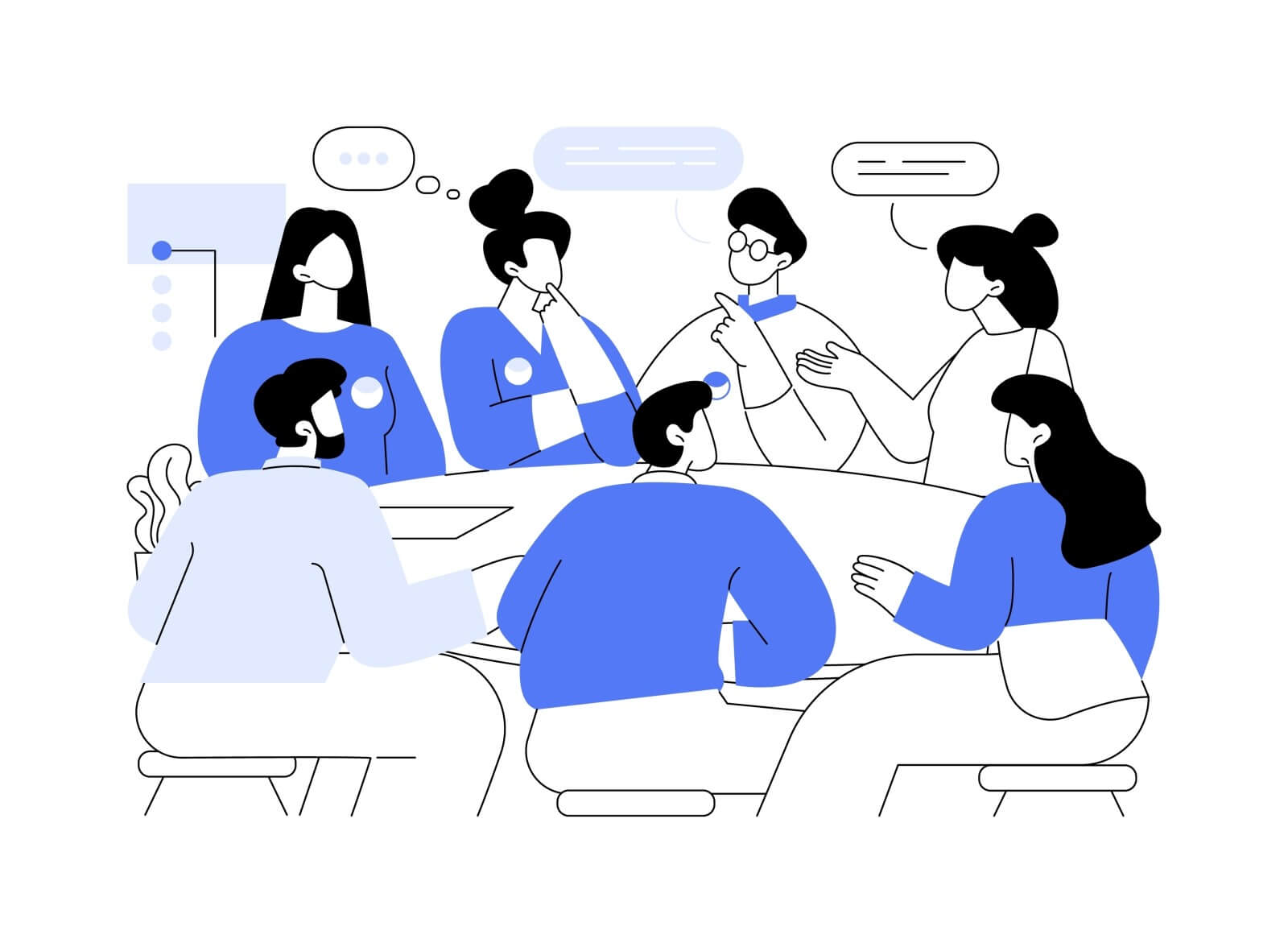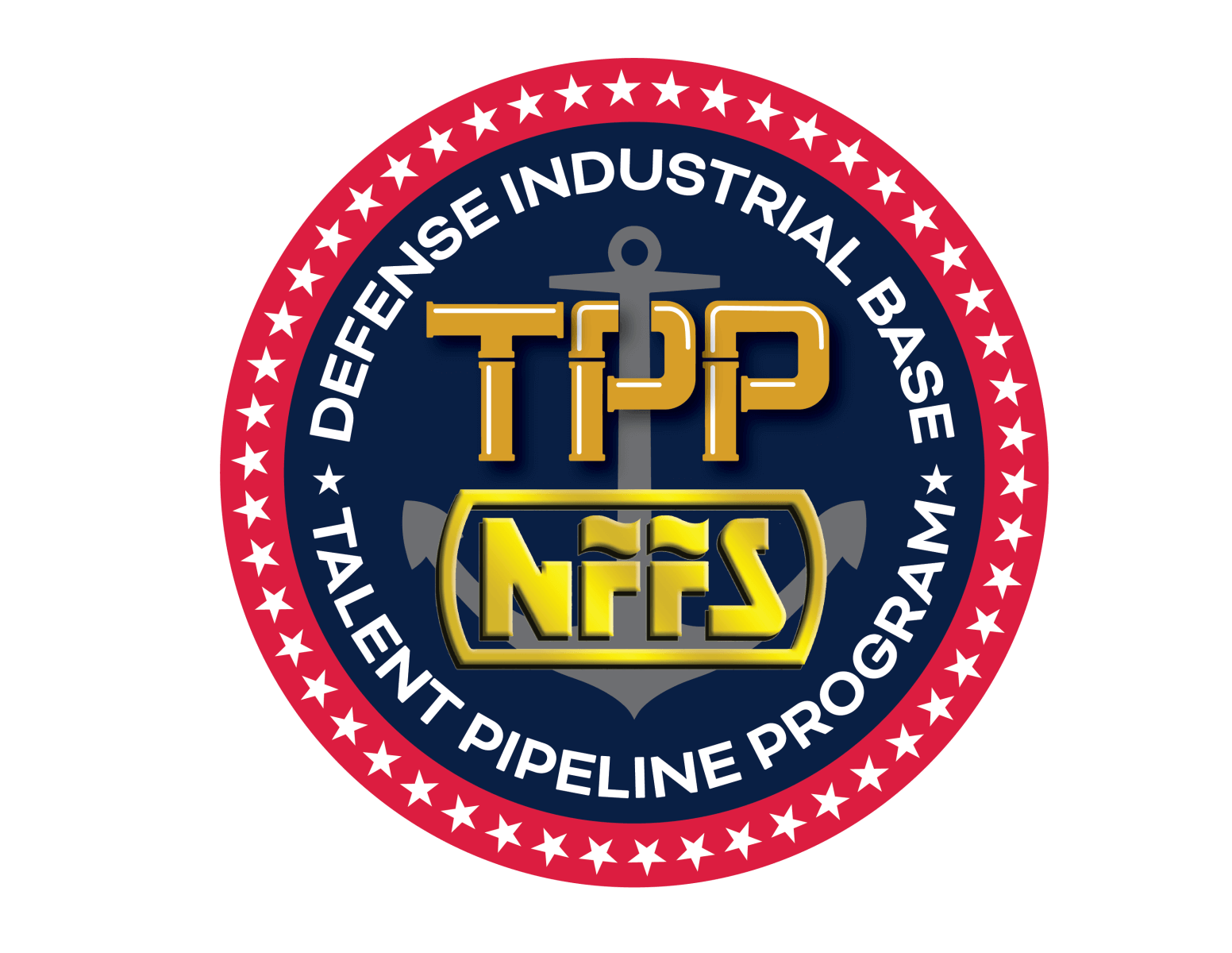Collaboration and Shared Best Practices: Unlocking the Full Value of NFFS Talent Pipeline Program
 The Power of Collaboration and Shared
The Power of Collaboration and Shared
Best Practices in Strengthening Foundry Success
In today’s manufacturing environment, the foundry industry is navigating some of the most complex challenges it has faced in decades, tight labor markets, evolving customer demands, and constant pressure to improve efficiency and quality. While these issues can feel overwhelming for a single company to tackle alone, there is tremendous power in working together.
Collaboration among peers, particularly with other foundries, opens the door to an exchange of ideas and experiences that can accelerate progress far beyond what any one operation could achieve in isolation. When foundries share best practices, they give each other a head start—providing solutions that have already been tested, refined, and proven effective in the real world. This not only saves time and resources but also helps avoid costly missteps.
 The value of this kind of collaboration goes beyond just problem-solving. It creates a culture of openness to new ideas, where managers, supervisors, and front-line leaders are encouraged to think differently about familiar challenges. Whether it’s improving employee retention, streamlining training, adopting new technology, or finding better ways to engage with local schools and workforce boards, the input from other foundries can spark solutions you might never have considered on your own.
The value of this kind of collaboration goes beyond just problem-solving. It creates a culture of openness to new ideas, where managers, supervisors, and front-line leaders are encouraged to think differently about familiar challenges. Whether it’s improving employee retention, streamlining training, adopting new technology, or finding better ways to engage with local schools and workforce boards, the input from other foundries can spark solutions you might never have considered on your own.
There’s also a motivational aspect. When you see peers taking bold steps and achieving results, it pushes your own team to take action. Success becomes contagious. Instead of waiting for the “perfect” plan, you can adapt proven strategies from others and put them into motion quickly, closing the gap between ideas and measurable outcomes.
Importantly, collaboration is not just about talent acquisition or retention. It can have a positive ripple effect across your operations. A workforce strategy borrowed from another foundry might improve productivity. A safety program they’ve refined could reduce incidents on your shop floor. A new approach to onboarding might cut turnover and boost morale in the first 90 days. Each shared success strengthens not just your company, but the broader industry.
And while this kind of peer-to-peer learning can happen informally, the most impactful collaboration often comes from structured opportunities to connect. That’s why programs like the NFFS Talent Pipeline Program cohort are so valuable. They bring foundries together in an intentional, ongoing way, providing the space to share best practices, workshop challenges, and learn from each other’s real-world experiences. For many foundries, joining a cohort like this has been the turning point in not only building a stronger workforce but also running a stronger operation overall.
 If the goal is to compete and thrive in a demanding market, collaboration isn’t optional, it’s a strategic advantage. The more willing we are to share what works, listen to others, and adapt proven solutions, the more resilient and successful our industry will become.
If the goal is to compete and thrive in a demanding market, collaboration isn’t optional, it’s a strategic advantage. The more willing we are to share what works, listen to others, and adapt proven solutions, the more resilient and successful our industry will become.
Interested in learning more about the Talent Pipeline Program and other workforce solutions for your for foundry, reach out to Bill Padnos, NFFS Director of Workforce Development.
